Should You Change Your Running form? Tips from Podiatrist, Steve Connor
Stevie Connor is a clinician at NK Sports Podiatry in Basingstoke, and when it comes to helping runners is able to combine a highly specific medical background - he was one of the very first graduating class from Queen Mary’s University London’s groundbreaking Sports Podiatry MSc course - with years of personal experience as a competitive athlete.
The 2013 BUCS (British Universities) cross country is endearingly self deprecating about his own career in running, more keen to talk up the performances of his friends and peers than his own efforts:
I did a lot of running with Steph Twell. She won the World Juniors in 2008, and that was massive. Really, really impressive. I remember training with her the day before on the track… It was an unreal performance, what she did. She had a stress fracture earlier that year, and she came back and won the Worlds!
When I look back at all the people that I’ve trained with - Olympians, so many GB athletes - as part of the Aldershot [Farnham and District AC] set-up, it’s pretty incredible.
As well as working with people from his own sport, he helps a wide range of people with all sorts of activity profiles, approaching their issues from a similar holistic perspective.
I’m currently seeing and helping a few equestrian riders. You’d think straight away, that’s not weight bearing, how are you helping them? but we look at mechanics.
We do great strength screening and flexibility screening. The beauty of that is that we can do it pre-season, in-season; when someone’s done a PB, when they’ve just done a great block of training we can do another screening to monitor how they’re going, how they’re developing.
Connor explains that he and his fellow sports podiatrists are able to help people to a greater degree these days through combining their specialist knowledge with the skills of their colleagues.
With podiatry, it’s really starting to evolve now. There’s a new breed of podiatrists coming through and with the help of this course [the Queen Mary’s MSc] it’s really starting to come to the forefront.
At the end of the day, our knowledge of the foot and ankle will be far superior to other health professionals, and that’s then where working the sports physios and working with the doctors really helps.
You can fall into traps if you only see a physio, or you only see a chiropractor. I think it’s great to have a multidisciplinary approach.
Solving injury problems is clearly a subtle enterprise, but Stevie is certain why the majority of runners end up having to visit him:
I really root for runners because I’m a runner, but runners always come in and you think Oh no! They’ve done...not just too much too soon, but far too much too soon.
80% of injuries I see are through overloading. Too much, too quickly. Where they’ve got a painful foot or a painful calf, it’s just getting overloaded. Along with this, there is a good proportion that would benefit from undertaking real strength work:
A lot of runners do a lot of conditioning - especially when they’re at university or at a semi-pro level - but the strength just isn’t there, or isn’t anywhere it needs to be. They can do single leg squats until the cows come home, and their glutes are firing and everything like that, but the actual physical strength is lacking.
There’s neuro control - single leg squat, single leg stability, that sort of stuff - but there’s also single leg strength, which is really, really key. And that’s where you have to lift weights or really stress the area.
If you’re trying to get that strength aspect, you’d have six to eight reps max. With a couple of reps to go you should be Wow, I really don’t think I can do this.
The proposed benefits and drawbacks of deliberately modifying running technique have been discussed a huge amount in recent years. Connor’s thoughts carry real weight in this area and are staunchly pragmatic:
Anyone can easily change their biomechanics. I have a lot of patients that come in and they just want to forefoot run. No injuries, no problems, they just want to forefoot run…
When you change your biomechanics, because we’re staying the same weight, the force has to go somewhere, so you’re moving the force from one area to another. If the area you move it to is stronger than the area that it was going before, then great, Bob’s your uncle. But where we get issues when people change their running style, is, let’s say they’re going for a barefoot running phase. Massively changing their running style, straight away. And then they can start to get injuries because they’re moving the force to areas that aren’t used to it.
Why change your kinematics (which is, basically, changing your running style)? It’s not a bad thing at all. In my clinic I quite often do this as a treatment protocol, a form of gait retraining. Let’s just say someone has a painful Achilles, an Achilles tendinopathy, and they’re a real forefoot runner; we know that forefoot running puts a lot of load through your calf and your Achilles … so I get them a bit more on the midfoot.
A powerful takeaway from a man who has experienced the injury cycle from both sides, suffering especially with Achilles problems, is that having a team around you helping is hugely helpful in solving problems.
I liaise with the whole team … so everyone is working together, and it’s not up to the athlete to try and do it all because that’s when it becomes isolating and confusing. Whereas if you have a constructive team around … Mentally, which is a massive part of injuries, it really helps.

Top Sports Podiatrist, Steve Connor, gives his top tips on improving running technique